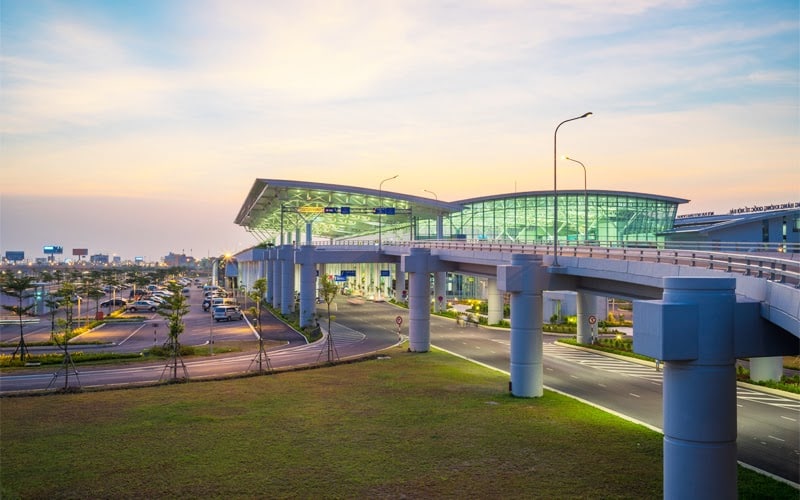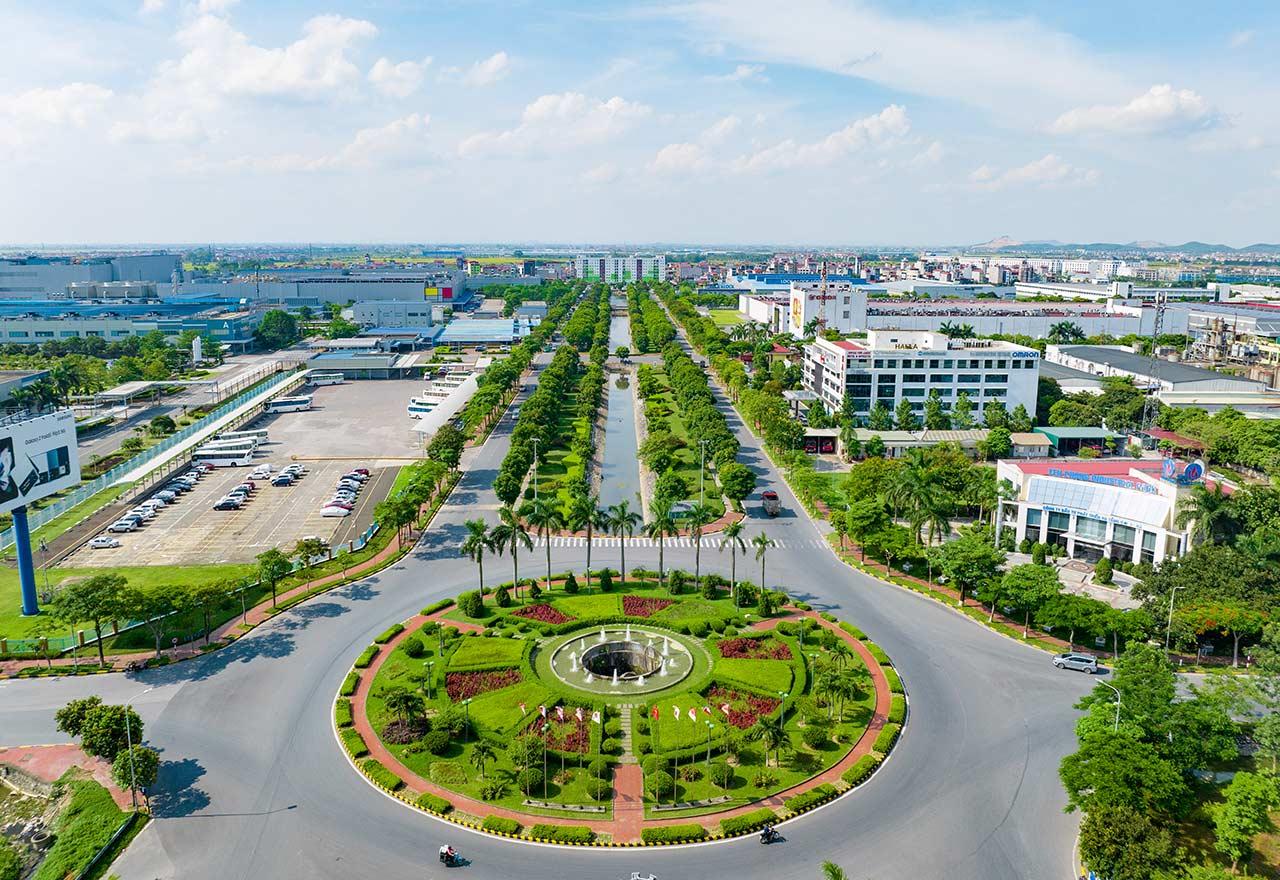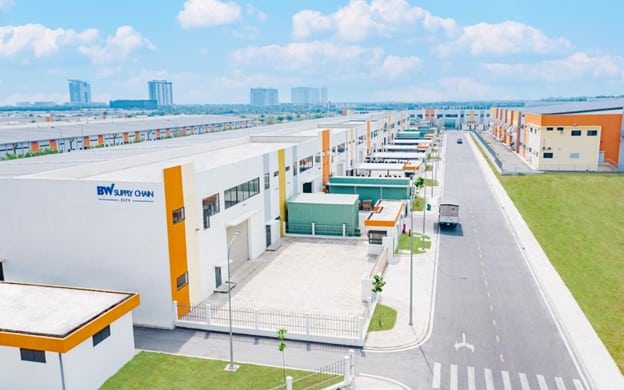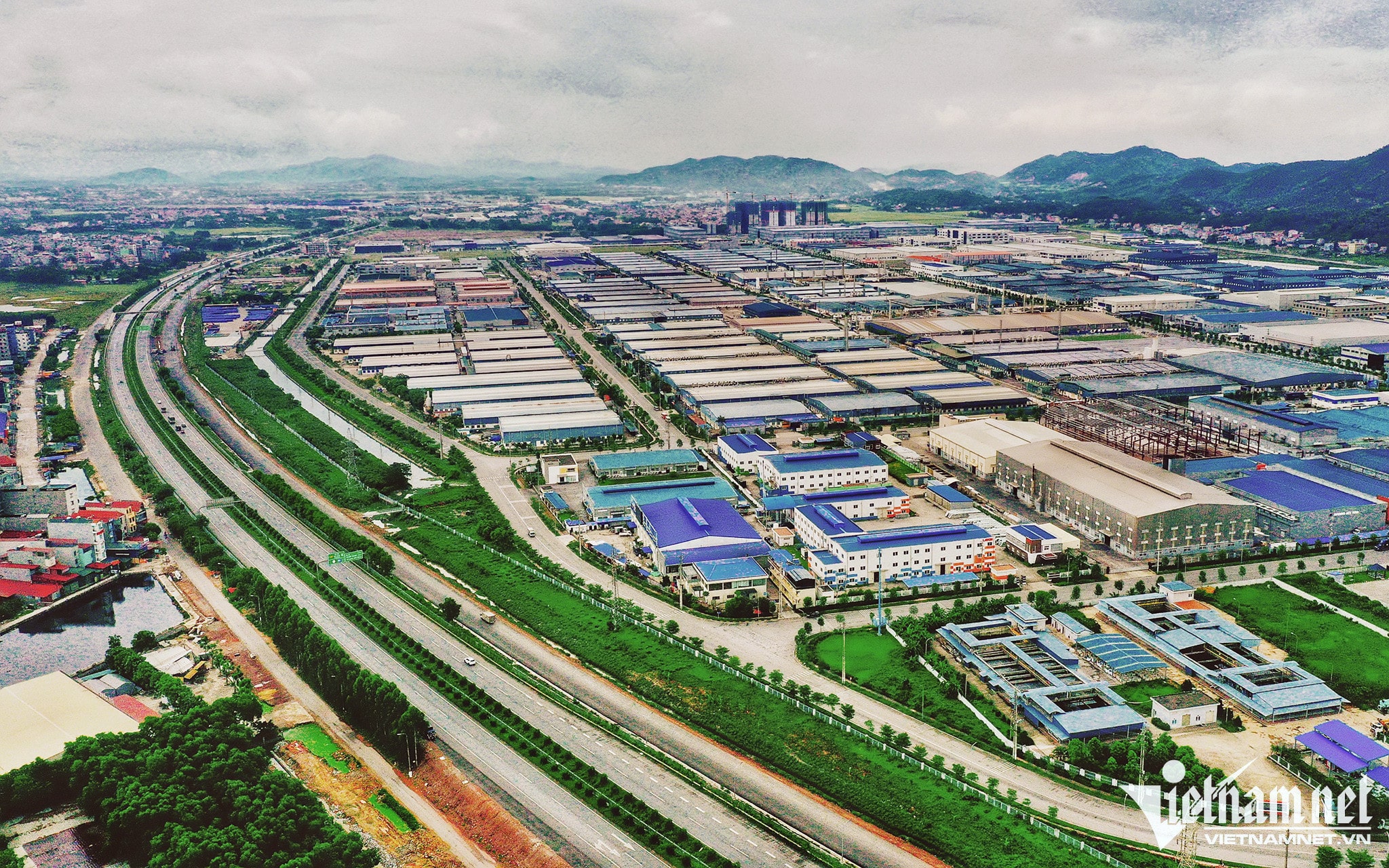In today’s globalized economy, many businesses consider offshore manufacturing to reduce costs and expand their reach. This practice involves producing goods in a foreign country, often with lower labor rates and access to specific materials.
However, there are advantages and disadvantages to consider before switching. This guide explores the critical offshore manufacturing pros and cons to help you make an informed decision for your company.
Why Do Businesses Seek Offshore Manufacturing?
Businesses are attracted to offshore manufacturing due to potential cost reductions. Lower labor wages in developing countries significantly impact the bottom line. Access to cheaper raw materials and relaxed regulations can further enhance profitability.
However, this practice has its drawbacks. Logistical difficulties, communication, and cultural differences are among the potential issues. Companies must carefully weigh the offshore manufacturing pros and cons to determine if it aligns with their long-term strategy.
Offshore Manufacturing: Pros and Cons
It is important to weigh these benefits against the risks that come with logistical challenges. Here is an overview of the offshore manufacturing pros and cons.

1. Benefits of Offshoring Manufacturing
Beyond the cost savings, offshoring offers several strategic benefits for businesses.
– Reduces Labor Expenses: Offshore manufacturing offers the potential for substantial cost savings through reduced labor expenses. Many developing countries possess large workforces with lower wages than developed nations. Setting up or collaborating with an overseas manufacturer in these countries can greatly reduce production costs, thereby improving profitability and enhancing competitiveness.
– Decreases Operational Costs: Offshore manufacturing goes beyond just reducing labor expenses to include other types of operating cost savings as well. This includes lower energy costs, government incentives some offshore manufacturing countries offer to attract offshore investment, and cheaper raw materials closer to the source.
– Access to Skilled Professionals: Companies must maintain quality as they strive for cost-effective labor. Thankfully, many offshore manufacturing facilities are located in countries that have experienced workforces in different manufacturing operations. This will enable companies to reach a broader talent base, find experts in specific production areas, and thus enhance product quality and overall productivity.
– Explores New Market Opportunities: Offshore manufacturing can act as a gateway to new market opportunities. By establishing a presence in a specific region, companies gain a strategic advantage in proximity to new customer bases. This can reduce transportation times, simplify logistics, and potentially comply with local regulations or preferences, making entering and competing in new markets easier.
2. Drawbacks of Offshoring
While offshoring offers numerous advantages, it’s crucial to consider the potential downsides.
– Communication hurdles: Although offshore manufacturing might have some merits, communication barriers could pose significant threats to smooth performance. Language difficulties can lead to misunderstanding concerning deadlines or specifications for products and misinterpretations of quality control. Moreover, relying only on emails or video conferencing may prevent understanding non-verbal cues and intentions, which could sometimes lead to delays and frustration.
– Cultural differences: Cultural differences can pose unforeseen challenges in the offshore manufacturing business. Workforce expectations, management styles, and safety protocols vary significantly between countries. For instance, American workers may prefer clear job descriptions and performance-based evaluations, whereas workers in collectivist cultures may value group consensus and team accomplishments. Similarly, societies that like hierarchical approaches to management and make decisions from the top down would struggle with styles that emphasize delegation and individual accountability.
– Adjusting to time zone differences: Significant time zone differences inherent in offshore manufacturing in business can create logistical hurdles. Real-time communication and problem-solving become more manageable when there’s a substantial time lag between the company headquarters and the manufacturing facility. Also, contacting the design team about this matter or correcting it as well as implementing it may take many days due to the time gap. This could lead to production delays, missed deadlines, and increased costs.
How to Choose the Right Offshoring Location
Now that you understand the offshore manufacturing pros and cons, let’s explore the key factors to consider.
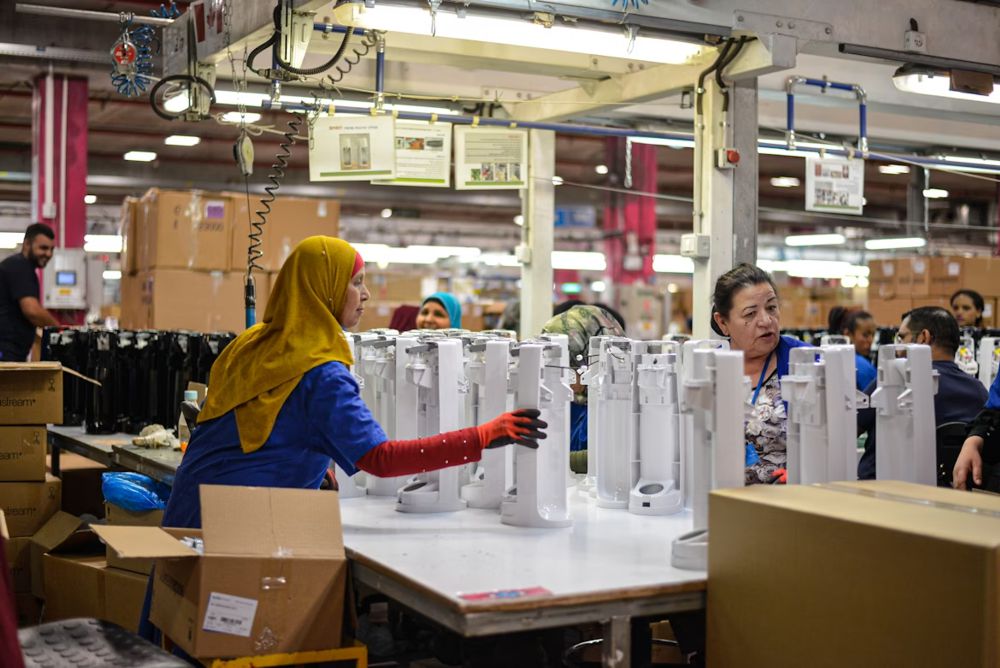
– Wage Expenses: Labor costs are a primary motivator for offshoring, with locations offering lower wages significantly reducing production costs. However, a comprehensive understanding of total compensation packages, including benefits and training expenses, is crucial to ensuring an accurate cost advantage. Additionally, hidden costs such as import duties and transportation fees can affect profitability.
– Availability of Expertise: A skilled and experienced workforce is vital for successful offshoring. Research the education systems and talent pool in potential locations to ensure they possess the necessary expertise for your needs. This includes technical skills relevant to your industry, domain knowledge specific to your project, and strong language proficiency to bridge communication gaps.
– Compatibility of Language and Culture: Cultural and language compatibility can significantly impact project outcomes. Communication barriers can lead to misunderstandings, delays, errors, and project failure. Evaluate potential locations based on language proficiency in your business’s primary language or a mutually understood tongue. Consider cultural similarities in work styles, communication preferences, and business etiquette to foster a smooth working relationship.
– Quality of Infrastructure and Network Access: Reliable infrastructure is essential for smooth operations. This includes transportation networks for efficient movement of goods and materials and a stable power grid to minimize disruptions. Additionally, secure and high-speed internet access is crucial for real-time communication, data transfer with your offshore team, and project collaboration.
– Stability of the Political and Economic Environment: Political and economic stability are crucial for sustainable offshoring success. A volatile political climate can disrupt operations through social unrest or policy changes. Economic instability can impact costs due to currency fluctuations or inflation. Research the political climate, economic growth trajectory, and regulatory framework of the offshore manufacturing country to assess potential risks and ensure a predictable operating environment.
Conclusion
The decision to engage in offshore manufacturing requires careful consideration of both the potential benefits and drawbacks. Offshore manufacturing pros and cons can significantly impact your company’s success.

Savills Industrial, with its global expertise and established network, can guide you through this process, from market research, to inspect potential offshore manufaturing facilities and offshore warehouse. Contact Savills Vietnam today to discuss your specific needs and explore how we can help you navigate the exciting world of offshore manufacturing.




